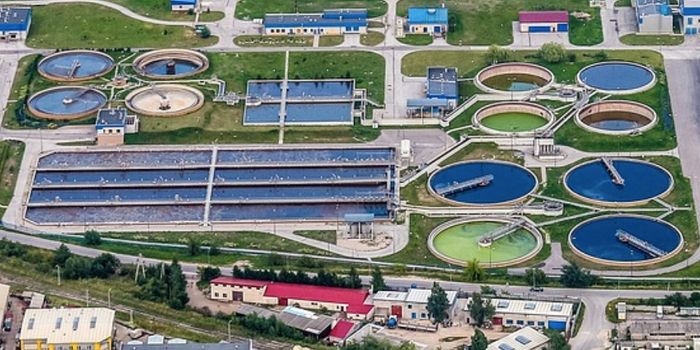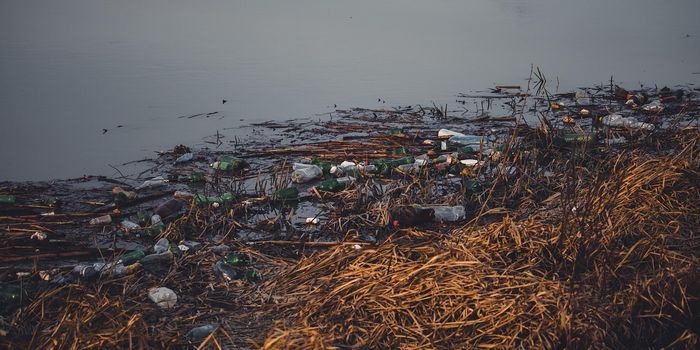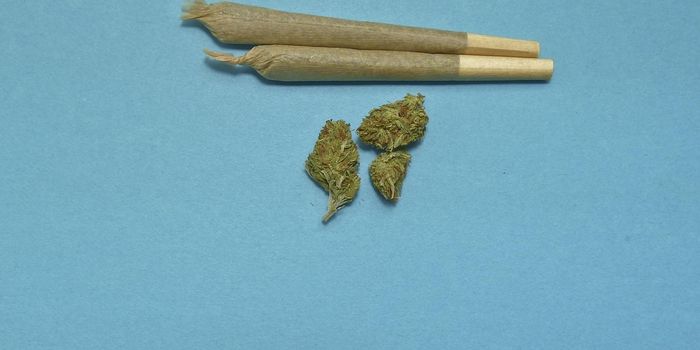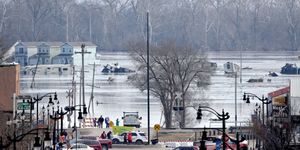Efforts to Help the Mediterranean Monk Seal Appear to be Working
A plethora of the globe’s marine animals are in trouble, but one of the most notable is that of the Mediterranean monk seal, which the International Union for Conservation of Nature (IUCN) currently recognizes as an endangered species on the organization’s renowned Red List of Threatened Species.
Image Credit: Zafer Kizilkaya
Recent estimations indicate that there could be anywhere from 350 to 600 Mediterranean monk seals in the wild today, and while the species continues to display signs of population growth, there’s still much work to be done if we’re to ensure the species’ long-term survival.
The Mediterranean monk seal made it onto the IUCN’s Red List following years’ worth of invasive practices conducted by humankind. The species’ deteriorated habitat by way of pollution and lessened prey availability has imposed hardships on the species, and so too has the region’s poor fisheries management, which did little to regulate fishing practices and protect the Mediterranean monk seal from experiencing unintentional entanglements.
Fortunately, it looks like this could all change shortly…
Animal conservation teams have been working hard to manage Mediterranean monk seal populations in one of the animal’s natural habitats, the Gökova Bay Special Environmental Protection Area, since 2012. Effective fisheries management, paired with frequent patrols and camera traps, enabled the conservationists to record Mediterranean monk seal-centric data, and perhaps unsurprisingly, the efforts appear to be working.
But while these efforts were initially put in place to help the Mediterranean monk seal, they seem to be helping other marine animals in the region too. Unrelated species, such as the dusky grouper and the sandbar shark, are now seeing similar resurgences in response to the increased conservation efforts.
Related: Marine protected areas prove crucial for commercially harvested animal populations
Having demonstrated that the conservation efforts have a positive impact on an otherwise declining animal species and the rest of the region’s marine biodiversity, officials are now seeking the possibility of implementing similar tactics in some of the Mediterranean monk seal’s other natural habitats to further spur population growth.
"Our experience from Gökova Bay shows that fish biomass increased tenfold within the protected zones in eight years. Reducing pressure on apex predators such as groupers strengthens the resilience of the marine ecosystem by controlling invasive species and restoring ecosystem integrity," elucidated Akdeniz Koruma Derneği (AKD) president Zafer Kizilkaya. "This will be an important test case for large-scale restoration in the Mediterranean."
Related: Learn how large hurricanes impact marine wildlife
As it would seem, the objective is to implement similar conservation efforts in at least six more sites scattered throughout the Turquoise Coast seascape. These efforts should help local marine species that appeared to benefit at Gökova Bay, but they’ll also establish a network of protected regions that will curb some of the ongoing threats that these ecosystems face.
Assuming everything goes according to plan, the Mediterranean monk seal, along with many other marine animals that are native to this particular region, could experience substantial population increases. The entire ecosystem will be healthier as a result.









